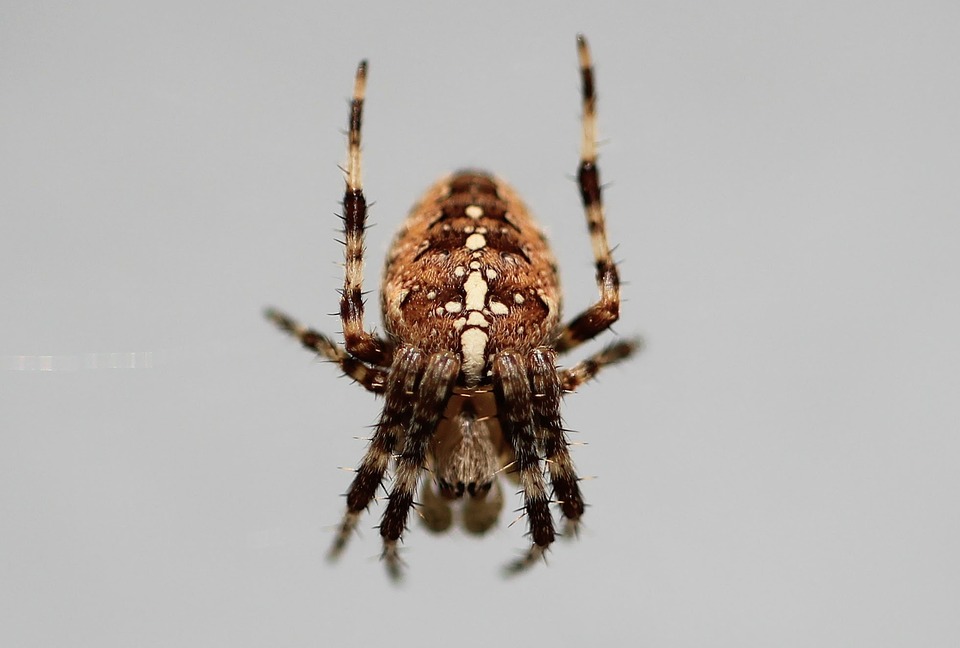Rodents are not just a nuisance; they are a significant health hazard. Whether it’s mice scurrying in your kitchen or rats nesting in your attic, these unwanted guests can compromise your home’s safety, contaminate food, and cause structural damage. If you’re grappling with a rodent problem, it’s essential to act fast and choose effective control solutions available near you. Here’s a comprehensive guide to help you banish these uninvited critters for good.
Understanding the Rodent Problem
Rodents, primarily mice and rats, seek shelter, food, and warmth, particularly during colder months. They can reproduce rapidly, so a small infestation can escalate into a significant problem in no time. Moreover, rodents are known carriers of various diseases, such as hantavirus, leptospirosis, and salmonella. Consequently, addressing a rodent issue promptly is crucial not just for your comfort but also for your health and well-being.
Signs of a Rodent Infestation
Awareness of the signs of a rodent infestation is the first step in effective control:
- Droppings: Small, dark droppings near food sources or nesting areas are a clear indicator of rodent activity.
- Gnaw Marks: Look for chewed wires, furniture, and food packaging.
- Nests: Rodents often build nests from shredded paper, insulation, or cloth, commonly found in hidden areas.
- Strange Noises: Nocturnal activities may manifest as scratching or scurrying sounds, particularly in walls or ceilings.
Effective Rodent Control Solutions
When faced with a rodent problem, consider a combination of preventive and active measures to ensure long-term success. Here are some effective rodent control solutions:
1. Sealing Entry Points
One of the most critical steps in rodent control is sealing off potential entry points. Rodents can squeeze through tiny gaps, so inspect your home for holes or cracks in walls, floors, and around windows. Use steel wool, caulk, or appropriate building materials to close these gaps effectively. Be especially vigilant around plumbing and electrical fixtures, which serve as easy access points.
2. Proper Food Storage
Rodents are attracted to food sources, so effective food storage is vital. Keep all food in sealed containers, and promptly clean up spills and crumbs. Regularly take the garbage out and use bins with tight-fitting lids to minimize attraction.
3. Decluttering
Rodents are excellent at hiding, and clutter provides them with the perfect cover. Regularly declutter your home, focusing on attics, basements, and garages. Remove unnecessary items, store seasonal belongings in plastic bins, and keep your spaces organized to reduce hiding spots for rodents.
4. Establishing Traps
Traps are an effective way to reduce rodent populations. Consider using snap traps, glue traps, or electronic traps based on your preferences and comfort level. For humane solutions, choose live traps that allow you to release the captured rodent away from your home. Always follow the manufacturer’s guidelines for placement and safety.
5. Natural Deterrents
Certain natural deterrents can help keep rodents away. Peppermint oil is particularly effective as its strong aroma can repel them. Soak cotton balls in peppermint oil and place them in areas where you suspect rodent activity. Other scents, such as vinegar and ammonia, may also act as deterrents.
6. Professional Extermination Services
In cases of severe infestation, or if you’re unsure about handling the problem yourself, consider hiring professional pest control services. These experts utilize various methods, including baiting, trapping, and exclusion technologies, to eliminate rodents effectively and prevent future infestations. They can also offer tailored advice based on your specific circumstances.
Preventive Measures for the Future
Once the rodent issue has been addressed, taking preventive measures is crucial to avoid recurrence. Regular inspections, thorough cleaning, and continual attention to potential entry points will keep your home rodent-free. Consider setting up proactive traps in high-risk areas and educating your family about what to look for in case new guests try to invade your space.
Conclusion
Rodents can be a significant concern for homeowners, but with the right strategies and solutions, you can reclaim your space and ensure a healthy, safe environment. From sealing entry points to utilizing traps and seeking professional help, the key is to act promptly and maintain vigilance. Don’t let unwanted guests take up residence in your home—say goodbye to rodents for good and enjoy peace of mind in your living space!
